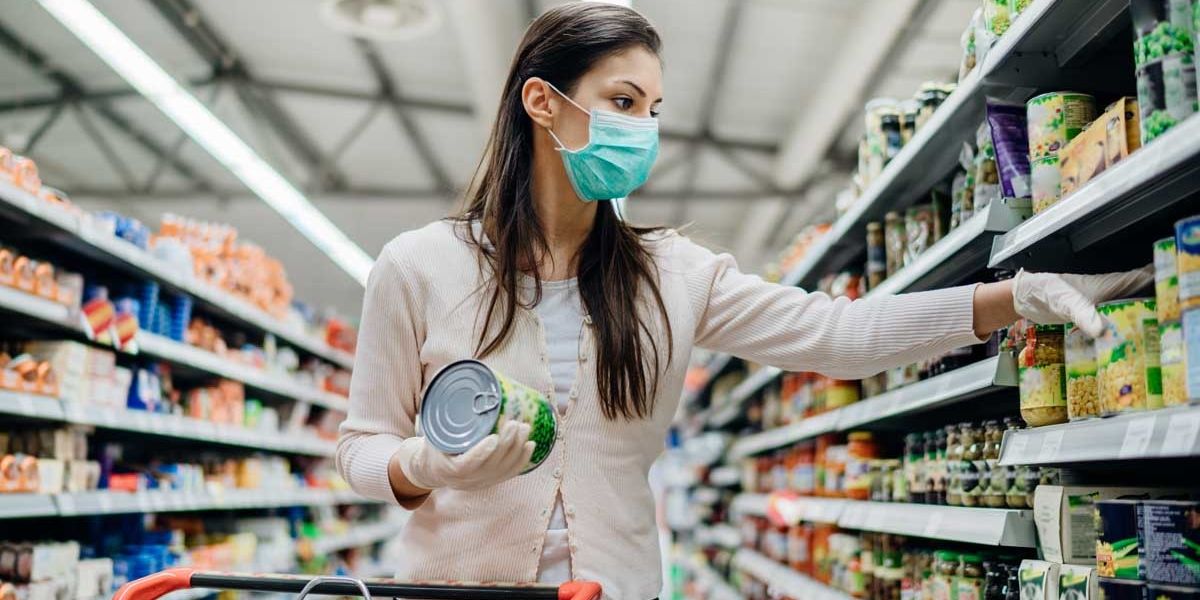That certainly may be the truth and more or less aligns with my position (that masks don't make a significant enough difference to justify the use), but it doesn't take an elementary knowledge of statistics to see how those numbers don't mean anything without the relevant population data. What % of the population is wearing a mask? What % of the positive cases were in larger, more densely populated urban areas? Without that data, the numbers are completely meaningless.
Videlicet, if I were to say to you 99% of people wear masks, and 15% of all COVID cases come from people self-reporting not wearing masks....what does that say? If 50% of people wear masks, and 85% of cases are self reporting wearing masks, that says something totally different. Obviously sample size would tell you how statistically significant that data point would be, and using arbitrary and unquantifiable terms like "sometimes" and "always" basically makes the data useless, but considering the other clue's on that biased click-bait news site, I would have to say that this is little more than statistical cherry picking (which happens equally on both sides of the issue FWIW) meant to pander to their very specific demographic. The people that read "news" sites like that already have their mind made up, so all the outlet has to do is write a story about what they know their readers want to hear. There is no need for journalistic integrity when that's your game. I could write those opinion pieces in my sleep.
I live in an urban area, generally more liberal, where more/most of COVID cases are happening in Utah. I'm out and about every day and I'd estimate that at least 85% of people (I'd say closer to 95%) are wearing masks when they are out. Obviously I have no way to know how they handle personal/social/family group settings and masks (nor do we know what each individual considers "always" or "often" Just socially? With family? With close friends? what are the qualifications? It's a poorly constructed survey to begin with). To me, the 85% of COVID cases are from people wearing masks probably passes the gut test. Now, the real story is actually what's in the margins here. So if we agree that the % of people wearing masks and the % of people with COVID reporting themselves as mask wearers are probably pretty close, then what % in either direction does the mask protocol skew the data? If it actually causes more cases, obviously that's bad. If it prevents say, 1% or 2% or 5% or whatever of cases, extrapolated across a large population base, does that % represent a significant enough decrease to justify the practice? I don't know how to calculate that (and before Geography Joe chimes in, neither does anyone else here or perhaps anywhere considering how the answers would change based upon how you value the different things it impacts), but I do know that taking obviously manipulated data points and painting them across a headline on any liberal or conservative news outlet is certainly not going to help parse through that data to find the real truth. As much as you want to believe otherwise, neither position on this has real statistics to back up their position.
(about 16 years). I guess we'll be done about the time I retire.








